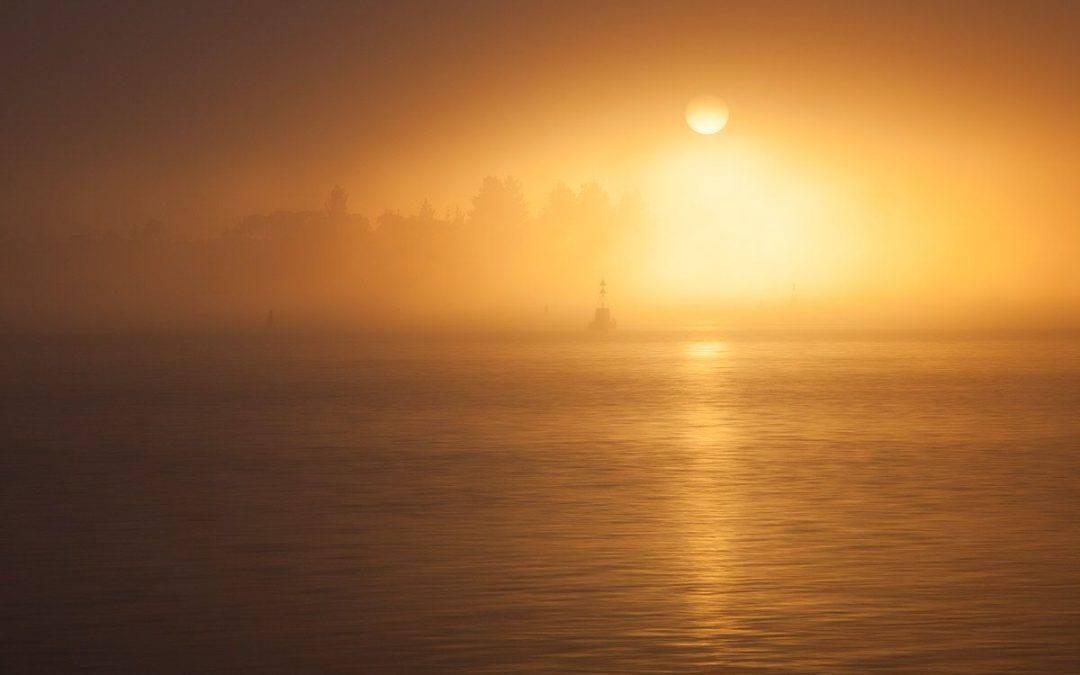Living in Sydney, I’m blessed to have an abundance of seascape shooting opportunities.
But just like anywhere else, we only get a subset of all the possible weather conditions to shoot in, so there are some things that I do miss.
Like Fog.
We do get a bit of fog locally very occasionally, but it’s quite unpredictable.
However, a short (lol) 5-hour drive out of Sydney are the “Snowy Mountains”. Only actually snowy for a couple of months a year, but still, we do have snow in Australia lol. (something that I only learned after I arrived here!)
Anyway, what with it being much colder up in the mountains, there’s a lot higher probability of seeing some morning fog.
And that’s what I’ve photographed in this image.
I took it last year on a trip when we rented a beautiful house up in the mountains with a group of friends, with the aim of photographing some snow.
Having a merry old time in front of the log fire was high on the agenda too!
The snow didn’t quite pan out for us (it fell by the truckload immediately after we left!), but the cold still gave us some interesting foggy conditions to shoot in.
My favourite images from the weekend were this one and one I took shortly before it.
The fog on this lake was thick enough that you could actually look directly at the sun quite comfortably through it but just thin enough to give some visibility across the water.
As a result, I was able to capture this image in just one frame (no blending required!).
It’s a pretty extreme example of something I mentioned the other day in my email where I talked about shooting directly into the sun. In the shot I shared on Wednesday, there was a lot of hazy sea mist in the air which softened the hard light of the sun. Because of that, I only needed two bracketed exposures compared to around 3 to 5 that would be needed if shooting into the sun through crisp, clean air. Now taking that to an extreme in this completely foggy scene, I only needed 1.
I’m not sure if the subject in this shot is really that amazing (I’m not sure there really IS a main subject)… But what I like about it is just the light in general. I find it nice to look at.
Apart from finding the right exposure in-camera to capture the scene without overexposing the sun, my other main concern was to use a shutter speed that slightly softened the ripples in the water (0.8 seconds in this case) which made it in keeping with the overall softness of the rest of the image.
So it turns out mother nature did most of the work for me in this shot, all I had to do was capture it and make some minor white balance adjustments.
For the rest of the time, here’s what I use to get the best out of the shots where my camera can’t keep up with mother nature's display (click here).
Steve


